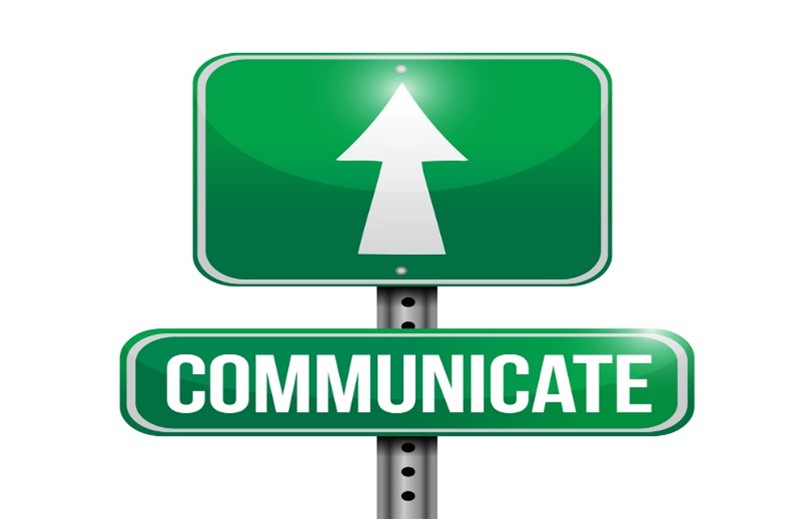
Let’s be honest — most workplace problems aren’t about performance or even priorities. They’re about communication. What was said. What wasn’t. What got misunderstood, misinterpreted, or missed entirely.
Whether you’re leading a team, managing up, or working cross-functionally, your success often comes down to how well you communicate — not just what you say, but how you say it, and how it’s received.
Effective Communication Defined
It’s not just being articulate or speaking with confidence. It’s the ability to clearly share your ideas while also making sure your message is understood in a way that leads to action — and alignment. Effective communication requires clarity, emotional intelligence, and the ability to adapt to different personalities and contexts.
What It Looks Like at Work
☑ When communication is working, it’s runs like a well-oiled oil machine. Things move. Projects flow. People feel seen and heard. You’ll notice:
- Fewer misunderstandings
- Meetings that produce real clarity, not more confusion
- Faster conflict resolution
- Better teamwork
- Higher levels of trust
☒ When communication isn’t working, you get the opposite:
- “He said / she said” dynamics
- Passive-aggressive emails or awkward Zoom calls
- Projects stalling for no clear reason
- Talent leaving because they “don’t feel heard”
Sound familiar?
The good news is that communication is a skill — and like any skill, it can be learned and sharpened.
Below are five tools I use in my coaching that help leaders and teams build real communication muscle.
- Use the 3-Second Pause
Here’s a simple practice: before you respond — especially in a high-stakes conversation — pause for three seconds. And breathe deeply. This short gap gives your nervous system a chance to calm down, so you’re responding, not reacting.
You’d be surprised how many workplace blowups could be avoided with a moment of silence.
- Reflect Back What You Heard
Instead of assuming you understood someone correctly, mirror it back. Say something like:
“What I’m hearing you say is that you’re feeling stuck and could use more clarity on priorities. Did I get that right?”
This tiny habit shows you’re listening and gives the other person a chance to correct any misunderstandings — before they spiral.
- Structure Your Message: What, So What, Now What
If you tend to ramble (or your team zones out when you talk), try this:
- What? – Here’s what’s going on
- So what? – Here’s why it matters
- Now what? – Here’s what we’re doing next
It’s clean, clear, and helps people follow your thinking. Whether you’re giving feedback, running a meeting, or presenting to senior leadership, this format helps your message land.
- Adapt to Different Personality Styles
Not everyone likes to communicate the same way you do. Some people want data. Others want connection. Some want bullet points. Others want context.
If you’ve ever taken the DISC assessment, you’ll know that a direct “D” type and a cautious “C” type hear the same sentence very differently. Learning how to flex your style based on whom you’re talking to is a communication superpower.
- Ask Better Questions
If you want better conversations, ask better questions. Open-ended ones like:
- “What do you need from me right now?”
- “What’s not being said here?”
- “How would success look for you in this situation?”
The quality of your communication is often tied to the quality of the questions you’re asking — not the answers you’re giving.
Final Thought
At the heart of it, communication is not just a way to transfer information — it’s how we build trust, influence outcomes, and create connection.
And in today’s fast-moving, often hybrid work world, mastering this skill isn’t optional. It’s essential.
So, the next time you feel frustrated that someone “just doesn’t get it,” ask yourself:
Am I being clear? Am I listening? Am I connecting?
Because communication isn’t just what you say — it’s what the other person hears.
Dr. Patty Ann
#EffectiveCommunication #LeadershipSkills #TeamSuccess #EmotionalIntelligence
